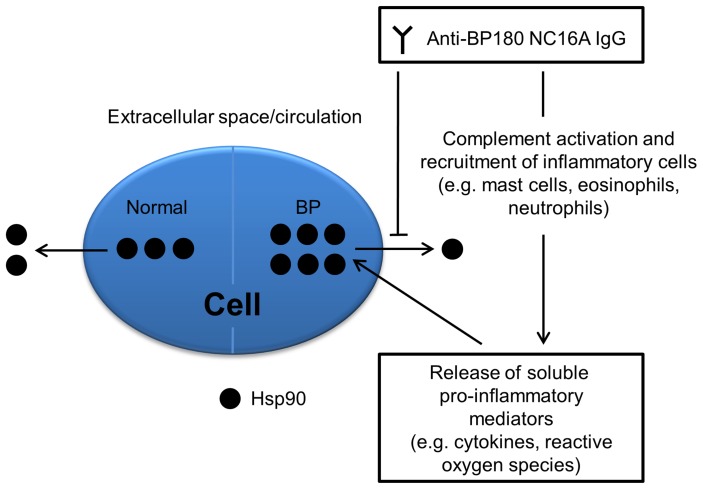Figure 6. Proposed model for aberrant expression of Hsp90 in and its restricted release from keratinocytes in bullous pemphigoid.
Under physiological conditions, ubiquitously and constitutively expressed Hsp90 accounts for up to 1–2% of the intracellular protein, but may also be present in smaller amounts in circulation. In bullous pemphigoid, anti-BP180 NC16A IgG autoantibodies indirectly lead to enhanced intracellular expression of this protein by generation of an inflammatory response comprising soluble pro-inflammatory mediators and directly cause inhibition of cellular Hsp90 release.

